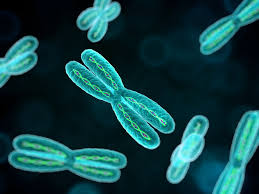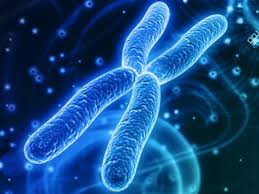Mission
The A.J. Anderson Foundation’s mission is to advance ongoing research initiatives aimed to find the cure of Tay-Sachs disease, promote awareness and find hope for the affected families.
LEARN MORE

What is Tay-Sachs Disease?
Tay-Sachs disease (TSD) is a rare, fatal genetic disorder, most commonly occurring in children, that results in progressive destruction of the nervous system. Tay-Sachs is caused by the absence of a vital enzyme called hexosaminidase-A (Hex-A). Without Hex-A, a fatty substance, or lipid, called GM2 ganglioside accumulates abnormally in cells, especially in the nerve cells of the brain. This ongoing accumulation causes progressive damage to the cells.
In children, the destructive process begins in the fetus early in pregnancy. However, a baby with Tay-Sachs disease appears normal until about six months of age when its development slows. By about two years of age, most children experience recurrent seizures and diminishing mental function. The infant gradually regresses, and is eventually unable to crawl, turn over, sit or reach out. Eventually, the child becomes blind, cognitively impaired, paralyzed and non-responsive. By the time a child with Tay-Sachs is three or four years old, the nervous system is so badly affected that death usually results by age five.
What are the treament options for Tay-Sachs Disease?
Currently there is NO cure for Tay-Sachs disease, and there are no therapies that slow the progression of the disease. Treatment aims to relieve symptoms and increase quality of life. For example, children with seizures may be treated with anti-seizure medicines. Adequate nutrition and hydration are recommended, to prevent complications.


Donate today
Research efforts
Millions of dollars are needed to fund research to find the cure of this devasting disease.
Currently there are few research doctors in North America independently working towards advancing a cure. All of whom’ s work looks promising.
Unfortunately, one of the largest limiting factors for these researchers is funding.
Due to the severe rarity of Tay- Sachs disease (approximately 16 cases are diagnosed each year), nearly all of research funding comes from effected families and non-profit organizations.
100% of the proceeds raised by A.J. Anderson Foundation goes to the advancement of clinical research to cure Tay-Sachs disease.
